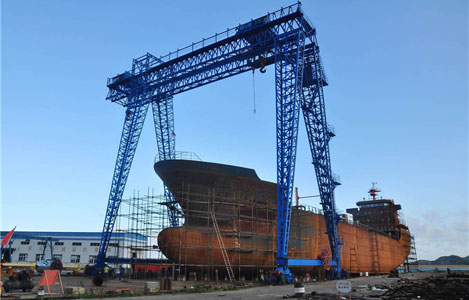Out to consolidate an all-weather friendship indeed
Updated: 2013-05-22 08:27
By Khalid Rahman (China Daily)
|
|||||||||||
Reports suggest that some 12 memorandums of understanding (MoUs) will be signed during Li's visit to Pakistan, bringing the number of agreements between the two sides to around 300 in almost all - political, economic and cultural - spheres of life.
In many cases, however, the implementation on MoUs has been quite slow, and one hopes that the issue will be addressed at the highest level of interaction between the two countries.
The election manifesto of the Pakistan Muslim League-Nawaz, which is set to form the new government, lays emphasis on large-scale infrastructure projects, including motorways, dams, housing, development of new urban centers and cities, and exploration and exploitation of oil, gas and other minerals' to boost the economy. The manifesto outlines the involvement of the private sector, on build-own-operate/build-operate-transfer basis, for infrastructure development. And China's expertise and excellent track record make it a strong partner in cooperation in all these fields.
Considering the potential and existing level of cooperation between the two countries, a long-term comprehensive framework for collaboration, possibly with focus on some fields, over the next two to three decades could be an ideal outcome of Li's visit.
Despite the depressing global and regional economic atmosphere Sino-Pakistani economic cooperation has been going strong, and their trade volume is expected to reach $15 billion before 2015, as targeted. A number of mega projects such as the second phase of Gwadar Port and the Neelum-Jhelum Hydropower Project are also in the pipeline. Yet the current volume of foreign direct investment, $1.37 billion a year from China into Pakistan, is much less than the potential level.
Similarly, cultural exchanges have increased in recent years with initiatives such as a youth exchange program and granting of 500 scholarships to Pakistani students by China. Li's visit is expected to play an important role in developing understanding at the highest level for exploring new avenues and further strengthening the exchanges.
Related Stories
Premier Li due in Pakistan on Wednesday 2013-05-21 22:59
Pakistan ambassador calls Li's visit 'milestone' 2013-05-21 21:43
China hails Pakistan's smooth general election 2013-05-18 14:25
Highway witnesses Pakistan-China friendship 2013-05-16 15:47
Pakistan lauds premier's visit 2013-05-14 14:10
Today's Top News
China, India in talks on trade strategy: Li
Xi, Obama to meet in California
Top Chinese brands increase in value
China-Japan trade will pick up
Netizens question young official's 'rocket promotion'
Severe punishments urged for air threats
Tobacco ads on new media light up debate
Xi says life in Lushan will get better
Hot Topics
Lunar probe , China growth forecasts, Emission rules get tougher, China seen through 'colored lens', International board,
Editor's Picks

|

|

|

|

|

|





